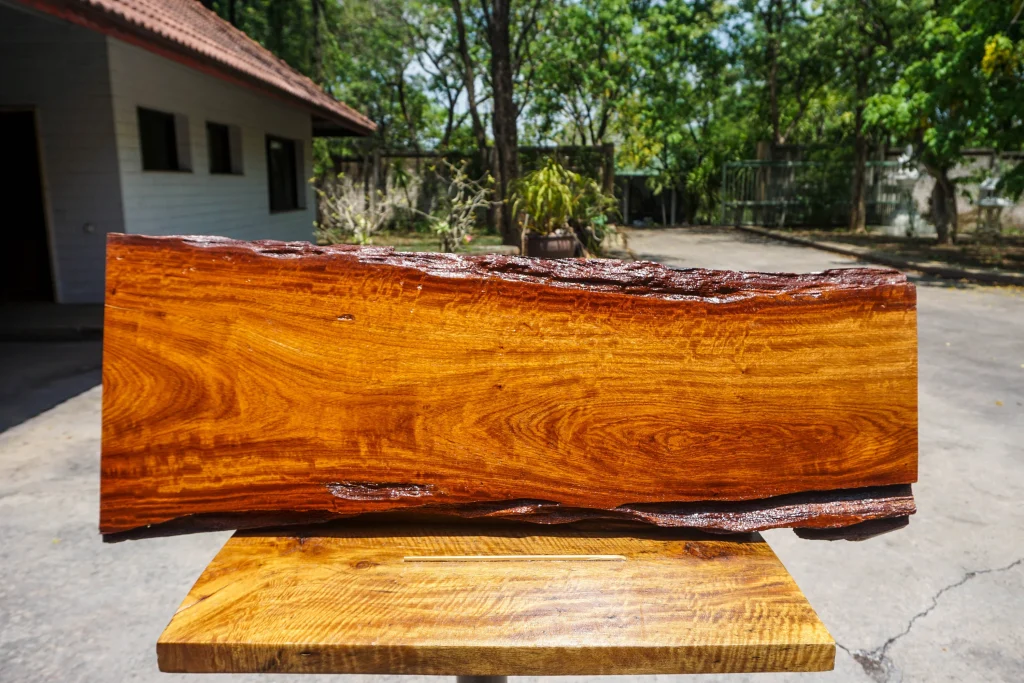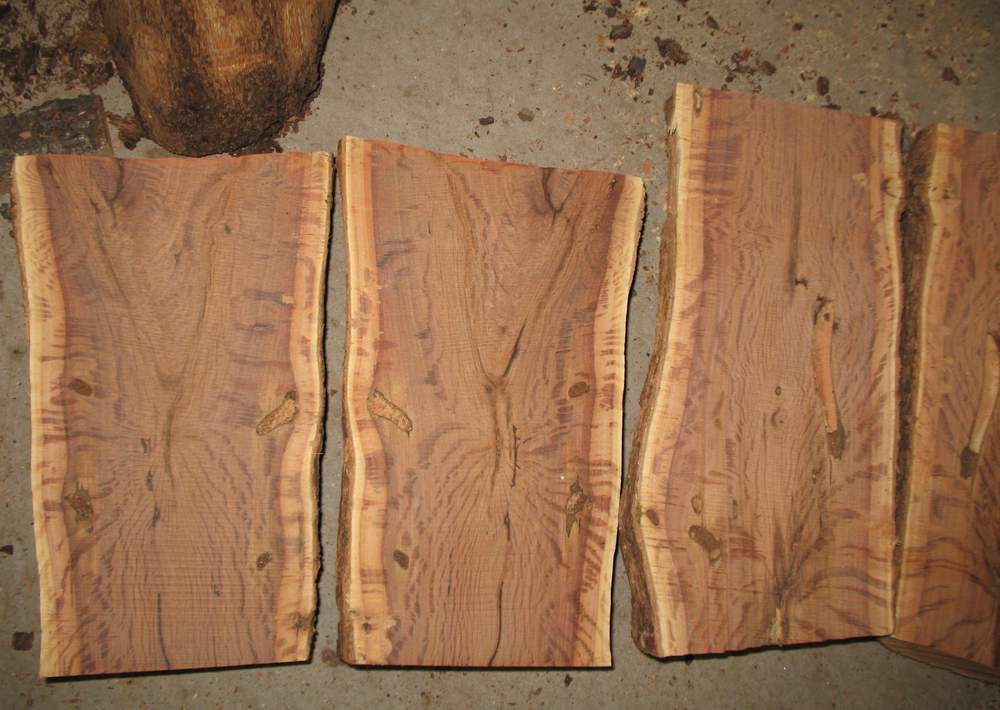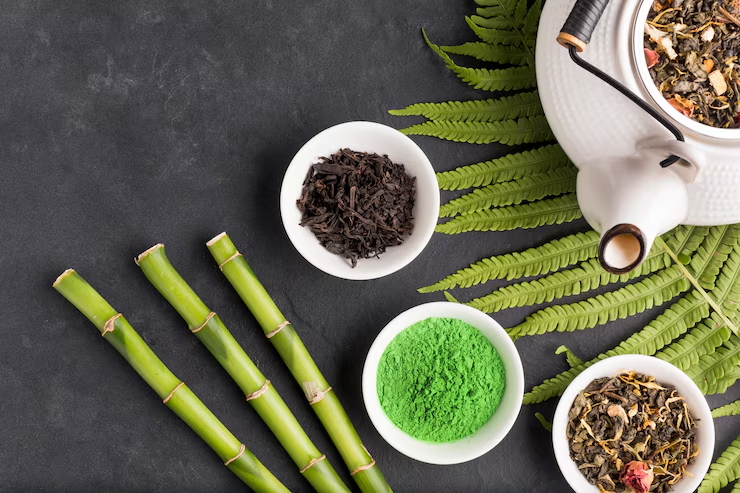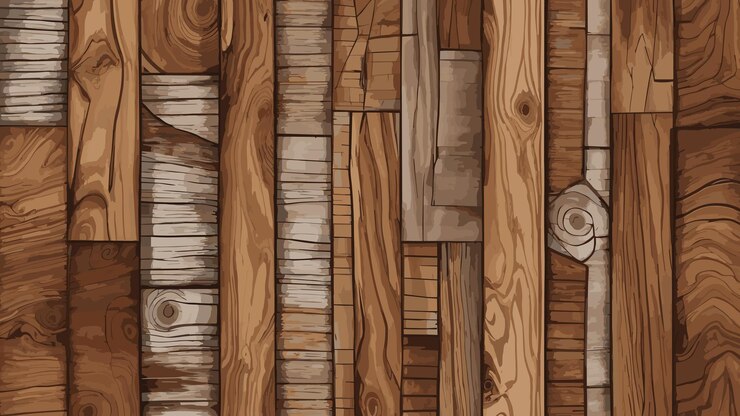If you’ve ever stood in the silent heat of the Australian outback, you’ll know how lonely it can feel. Endless red soil stretches to the horizon, the wind carries whispers of dust, and every plant you see seems to be locked in a battle with the sun. And yet, in this fierce landscape, there is a survivor unlike any other—the Australian Buloke.
This tree is not just another plant in the desert; it’s a living monument to nature’s endurance. Scientists say it produces one of the hardest woods on Earth. Locals say it has a spirit that refuses to die. I say it is one of the most fascinating living things I’ve ever encountered.
The First Time I Met the Australian Buloke
It was during a road trip across rural Victoria when I first saw an Australian Buloke. My guide, a wiry farmer with eyes the color of the sky before a storm, stopped the truck beside what looked like a small, weather-beaten tree.
“That’s it,” he said with a grin. “The toughest tree in the world.”
I stepped closer. The trunk was slender but dense, its bark dark and rough like sun-baked leather. Its leaves were fine and needle-like, almost fragile-looking, but the tree itself stood firm against the desert wind. It wasn’t the tallest tree I had ever seen, nor the most beautiful, but there was a quiet dignity in the way it stood there, as if it had been guarding the land for centuries.
What struck me most was the contrast—it looked delicate, but every part of it was built for survival.
Why the Australian Buloke Is Known for Its Strength
The reputation of the Australian Buloke doesn’t come from size or shade; it comes from the density of its wood. Measuring around 5,060 pounds per cubic meter, its timber is so hard it can blunt saws. Woodworkers who’ve tried to shape it often tell tales of frustration, while engineers admire its durability.
In the past, this made the tree’s wood valuable for crafting tools, fence posts, and other objects that needed to withstand the elements. Today, due to conservation laws and its slow growth, the Australian Buloke is less often harvested, but it still holds a legendary place in the world of timber.
Its hardness is more than a physical trait—it’s a symbol of how life can thrive even in the most challenging environments.
Life in the Harsh Outback
The Australian Buloke is native to dry regions in Victoria, New South Wales, and Queensland. It often grows in sandy or clay-rich soils where other trees simply cannot survive. Summers can reach scorching temperatures, rain is unpredictable, and drought can last for years.
To cope, the Australian Buloke has adapted in remarkable ways. Its needle-like leaves reduce water loss. Its deep roots search far underground for moisture. It can survive long periods without rain, staying alive when other plants wither.
Standing beside one, you realize it’s not just a tree—it’s a master of endurance. It has learned the art of living with less, taking only what it needs from the land and giving shade, shelter, and stability in return.

The Role of the Australian Buloke in Aboriginal Culture
For thousands of years, Aboriginal Australians have lived alongside the Australian Buloke. While it may not have provided edible fruit or soft timber, it played an important role in survival. Its wood was used for making durable implements, and its presence often signaled areas where certain wildlife could be found.
In stories passed down through generations, the Australian Buloke sometimes appears as a symbol of patience. Some tales speak of it waiting for the right season to give shelter, reminding people that endurance is just as important as speed in the desert.
Its presence in these stories shows that the tree is more than just part of the scenery—it’s a part of the cultural and spiritual fabric of the land.
Modern Uses and Scientific Fascination
Although the harvesting of Australian Buloke wood is now limited to protect the species, it still fascinates scientists, botanists, and environmentalists. Its extreme wood density makes it a subject of study in material science. Researchers want to understand how it forms such strong cell structures without becoming brittle.
In urban landscaping, the Australian Buloke is sometimes planted as a windbreak or for soil stabilization. Because it is slow-growing, it isn’t the first choice for commercial forestry, but it’s valued for its ecological role in its native regions.
Some even see potential in its genetic resilience—studying its drought tolerance might help in creating more climate-resistant crops or trees in the future.
A Symbol of Survival and Endurance
Whenever I think about resilience, I picture the Australian Buloke. It reminds me that survival is not about overpowering others—it’s about finding your own way to adapt. In a world where conditions are constantly changing, this tree’s story is a quiet lesson in patience, strength, and humility.
I often recall something my guide said as we drove away from that lone tree in the outback:
“People think toughness is about fighting. But sometimes, it’s just about standing your ground for a hundred years.”
The Australian Buloke doesn’t rush, doesn’t demand, and doesn’t show off. Yet, it survives in a place where almost nothing else can. And that, to me, is astonishing.

Visit our website for more updates and stories
Final Thoughts
The Australian Buloke may not be famous like the giant redwoods or as iconic as the cherry blossoms, but it is just as worthy of admiration. It is a tree that embodies quiet power—a reminder that even in the harshest corners of the Earth, life finds a way to stand tall.
It has endured heat, drought, storms, and time itself. It has been a companion to Indigenous Australians for millennia, a challenge to woodworkers, and a marvel to scientists. And perhaps most importantly, it has been a silent teacher to anyone who takes the time to notice it.
If you ever find yourself in the Australian outback, look for a dark, slender tree with fine leaves and a presence that feels older than the land itself. That’s the Australian Buloke—nature’s unbreakable survivor.













